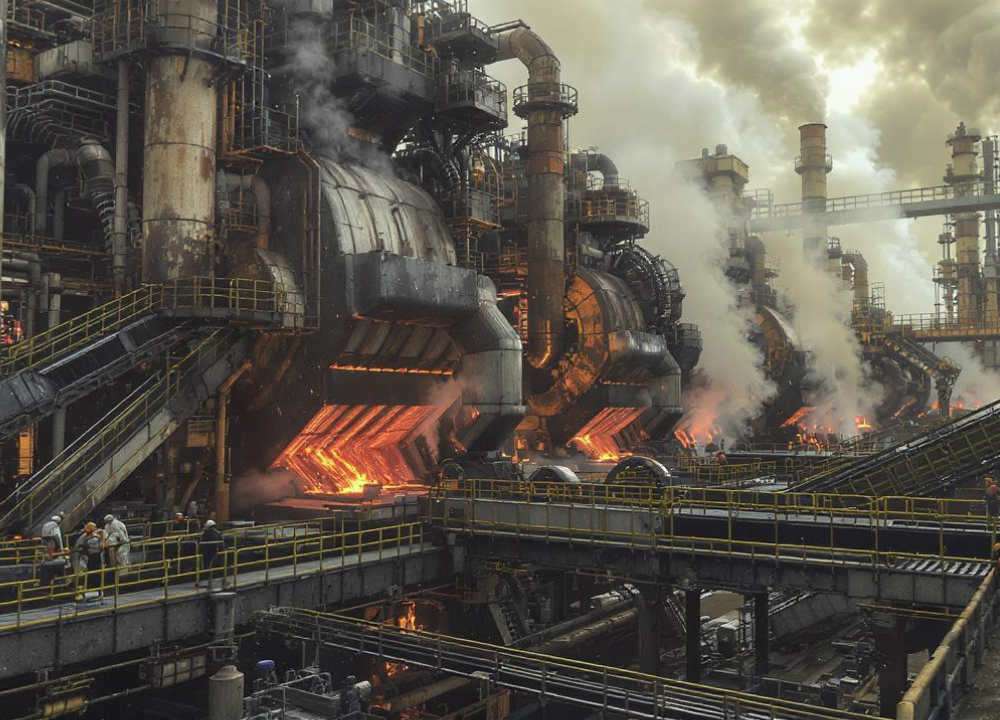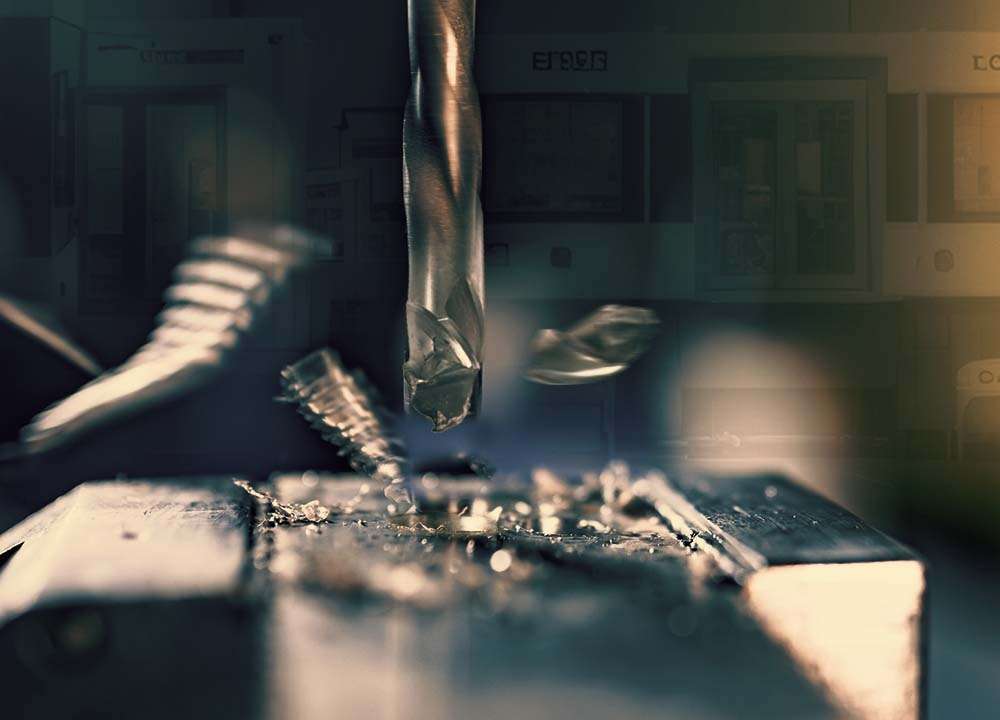Chief Economic Advisor V. Anantha Nageswaran, during his address at the SIAM (Society of Indian Automobile Manufacturers) Annual Convention, urged the Indian automobile industry to increase its investments in research and development (R&D). He emphasized the critical need for auto manufacturers to prioritize R&D to not only build a world-class industry but also strengthen the global competitiveness of Indian-made vehicles.
According to Nageswaran, a more robust focus on R&D is essential to elevate the Indian automotive sector’s standing on the global stage, especially when it comes to exports. Nageswaran highlighted the importance of improving the Global NCAP (New Car Assessment Programme) safety ratings of vehicles produced in India. He pointed out that achieving higher NCAP ratings could significantly enhance the reputation of Indian cars abroad and drive the export market further.
A strong export market, he argued, would be a key driver of India’s economic growth and help position the country as a global manufacturing hub for automobiles. Discussing the broader R&D landscape in India, Nageswaran mentioned that the Indian private sector contributes only about one-third of the total R&D spending in the country, with the government accounting for the remaining two-thirds.
While government support for R&D is robust, he suggested that the private sector needs to shift its perspective on R&D. “Our studies show that the lower contribution from the private sector is not due to a lack of government support. Instead, it stems from the private sector’s need to adopt a longer-term outlook on R&D spending,” Nageswaran said.
He urged businesses to view R&D spending as a strategic investment rather than an expense that weighs down the profit and loss statement. By doing so, companies can unlock greater innovation and foster long-term growth. In this context, Nageswaran stressed that increased investment in R&D would be instrumental in advancing India’s ‘Aatmanirbhar Bharat’ (self-reliant India) initiative.
He stated that for India to secure a prominent place on the global manufacturing map, it is vital for industries, particularly the automotive sector, to become global leaders through innovation and technological advancements. Furthermore, Nageswaran advised automobile manufacturers to embrace public mobility solutions, not as competition, but as complementary to their industry.
He explained that integrating public transportation systems with private vehicles can benefit both sectors and contribute to the development of a more comprehensive and sustainable mobility ecosystem. On the state of the Indian economy, Nageswaran expressed optimism, despite global uncertainties. He credited the country’s resilience to strong corporate and financial sector balance sheets, along with substantial investments in supply-side infrastructure over the last decade.
As a result, India’s potential economic growth rate stands between 6.5% and 7%. He also noted that with continued reforms, particularly at the state and local government levels, India could push its growth rate to 7% or even 7.5%. To achieve sustained growth of around 8%, however, Nageswaran emphasized the need for a supportive global economic environment. His remarks underscored the importance of strategic investment in R&D, collaboration between public and private sectors, and a long-term vision for sustained economic and industrial growth.








